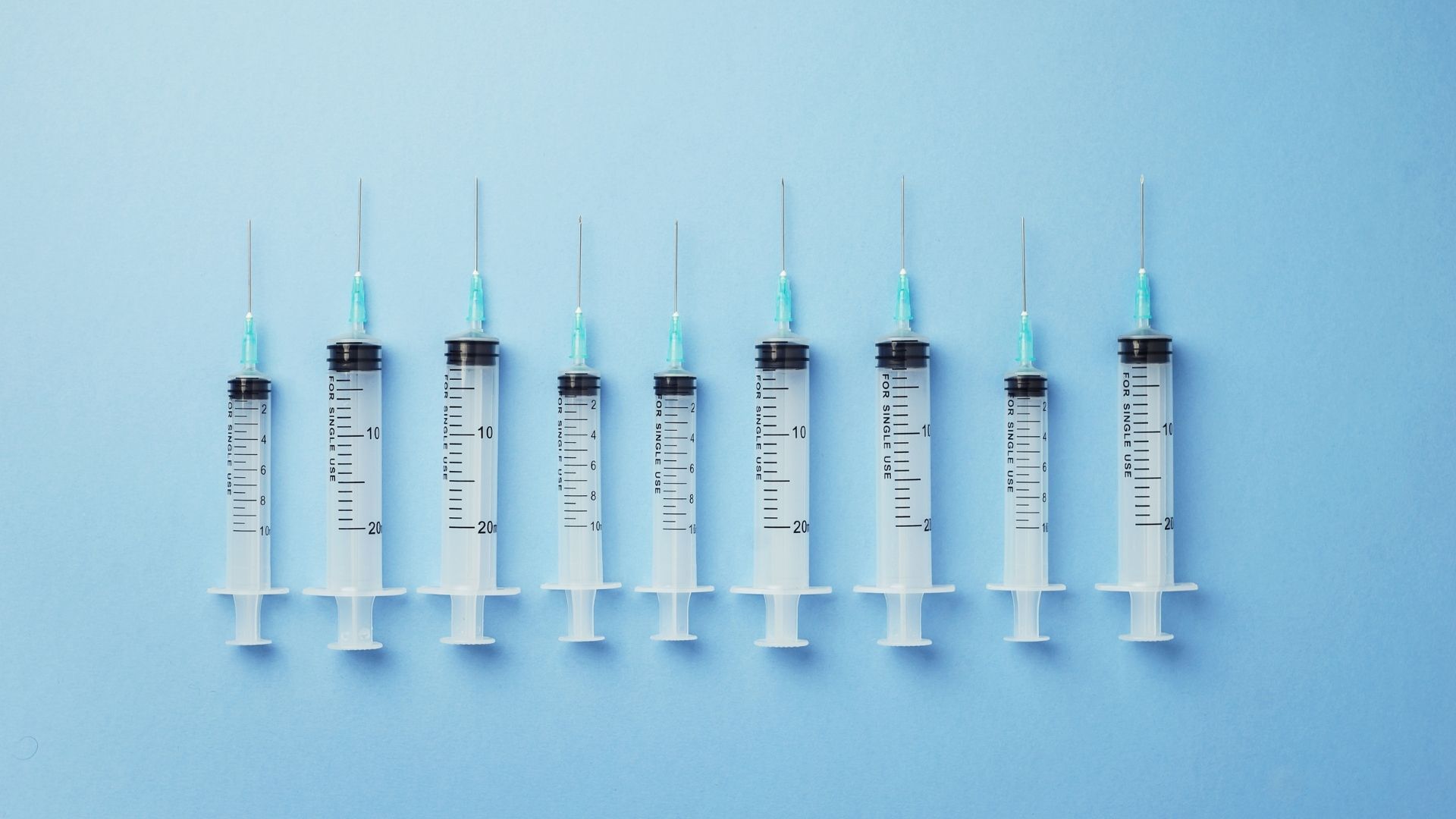
Understanding the Difference Between Liquid Cultured Mushroom Syringes vs. Spore Syringes
What is A Liquid Culture Spore Syringe? – Spore Syringe vs. Liquid Culture Syringe
Looking for the difference between liquid culture and spore syringe information? If you’ve been looking into the world of amateur microscopy or mycology for any length of time, you’ve no doubt heard a lot about the Quality Spores Store spore syringe which carries liquid cultures of mushroom spores.
Mushroom spores strains of the cubensis type are our primary focus and they’re packaged in spore syringes, but we do also carry a quality selection of microscopy equipment to examine spores for microscopy, and stock multiple strains spore syringes, and sterile prep equipment.
➢ Liquid culture contains living mycelia mushroom cultures – vs. spore syringes which contain cubensis spores. Mycelium grows the plant-part of a mushroom which may generate the fruiting body. It takes spores first to make a mushroom liquid culture containing living mushroom mycelium or liquid mycelium.
Liquid Mushroom Spores Cultures and Cubensis Mycelium
Let’s start with the basics: mushroom spores are the microscopic units of reproduction produced by a fungal fruiting body (a mushroom). In enough volume, spores can look like a fine powdery substance. If presented with the right conditions and nutrients, spores will eventually develop into cubensis mycelium or mycelium spores, the spiderweb-like “root” portion of the fungus. Fruiting bodies, which we call mushrooms, will grow from the mycelium, produce spores, and the cycle begins again.
That’s a very brief overview but should give you a good general idea of how fungal reproduction works. As you now understand, spores are the first part of that cycle and thus are valuable to researchers, mycologists, and mushroom cultivators.
Cubensis Spores are generally collected, stored, and transported in the following ways:
- Spore prints, read useful information on the mushroom spore print.
- Liquid cultures for mushroom cultivation, often housed in a syringe
- Non-nutrient solution spore syringes
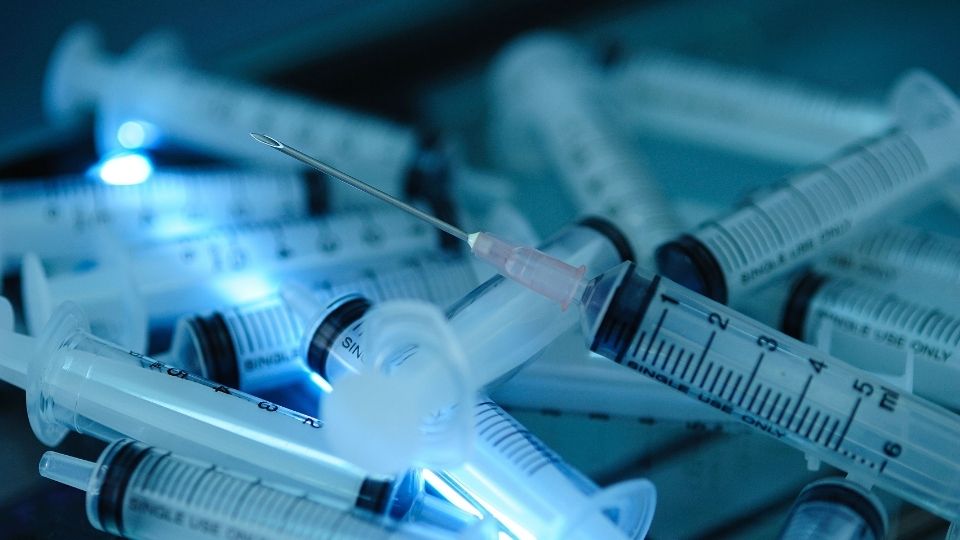
Why are spores stored in syringes so often anyway? It’s not just because syringes are secure, convenient methods of storage and transport; it’s because a syringe makes a mycologist’s or a microscopist’s job much easier.
For the mycologist or mushroom cultivator, using a mushroom spore syringe is ideal because it allows for easy inoculation. Spores can be injected directly into a spawning substrate where mycelium can take hold—a syringe minimizes the chance of contamination during this process.
For a microscopist, the benefits are very similar. When one is studying spores, unwanted contaminants or debris can make the job significantly more difficult. A syringe allows the microscopist to easily deposit a single drop or two of the liquid solution onto a microscope slide and thus reduces the risk of contamination.
Now that you know the “how’s and why’s”, let’s dig into each of these topics a little deeper. We’ll begin by defining “regular” spore syringes and mushroom liquid culture spore syringes, discussing their key difference, and then go on to provide everything else you need to know about spores, syringes, and how to get started as an amateur mycologist or microscopist with spores of your own.
What Are Liquid Culture Syringes – Liquid Culture vs. Spore Syringe?
Liquid cultured spores or simply liquid fungi, are spores stored in a microbiological growth medium. In other words, the liquid solution these spores are stored in contains nutrients which will allow the spores to grow and enter the mycelial phase of fungal development (remember the mushroom reproductive cycle we discussed at the beginning of this article).
The nutrient solution varies by preference but is generally a liquid mixture of distilled water, glucose, proteins, and malted grain extract. This mixture allows the spores to begin to enter the mycelial phase, and once they’ve done so, the contents of the syringe are generally transported to a spawning substrate with substantially more room and nutritional value for the mycelium to colonize upon.
You may have heard of mycologists using agar plates (Petri dishes) for cultured spores. This is fine, but it’s worth noting that agar is a more solid substance. Agar is sourced from red algae and has a jelly-like consistency. Working with agar plates is beyond the scope of this article, but don’t worry—most amateur microscopists and mycologists working with spores prefer to use syringe-based spore solutions.
Speaking of which, we’ll now look at uncultured spore syringes and how they’re generally prepared:
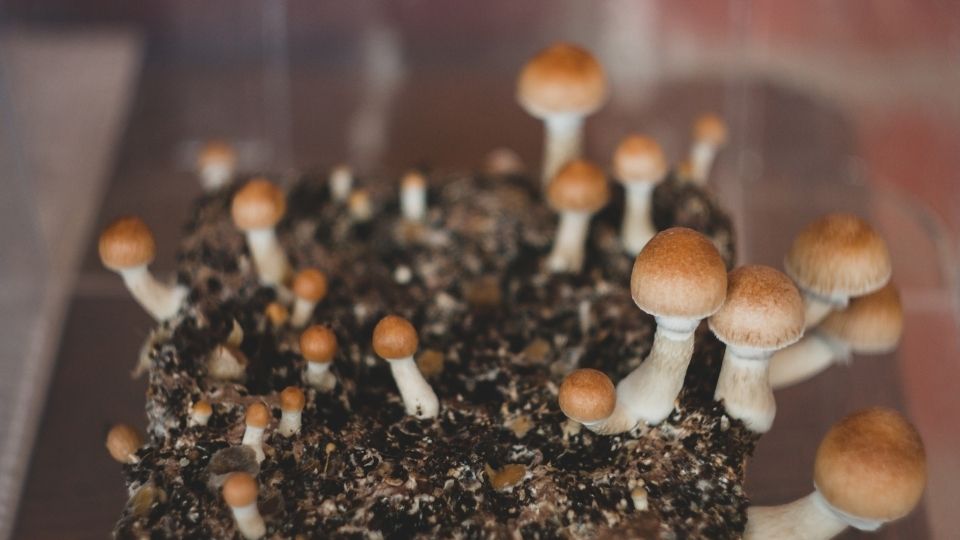
What Are “Regular” Mushroom Spore Syringes?
When you hear someone refer to a “spore syringe”, in all likelihood they’re referring to what we’ll call here a “regular” mushroom spore syringe.
Regular spore syringes contain spores, but rather than a culture medium, the spores are suspended in a non-nutrient aqueous solution, most often simply distilled water. This allows for the spores to be effectively preserved, as they won’t be able to grow into mycelium without any nutrition.
Preserving spores in this way is very useful for mycologists who don’t need to cultivate the spores immediately, if ever. It also makes spore microscopy feasible, since the only thing present in the distilled water solution are spores. They would be difficult to isolate and study if nutrients were also present.
The Key Difference to Understand Between Regular Spore Syringes and Liquid Cultures for Mushroom Cultivation
As you may have already guessed, the big difference between liquid culture syringes and uncultured “regular” mushroom spore syringes is the fact that one has nutrition available for the spores and the other does not.
This is quite an important distinction to understand for several important reasons:
- Uncultured spore syringes are best for long-term storage of mushroom spores.
- If you’re a microscopist interested in researching spores, uncultured spores are pretty much the only way to go—nutrient-rich liquid culture will naturally change the structure of the spores as they germinate, not to mention obscure your view
- Liquid culture mushroom spore syringes are a good choice for mycologists and mushroom growers who plan to inoculate a substrate with the solution once the mycelium has grown enough.
Furthermore, as we’ll learn a bit later on in this article, you may not want certain kinds of mushroom spores to germinate for legal purposes. Since a liquid culture cubensis would break the law in many areas, it would be best to keep cubensis spores (which are legal in many areas) in a non-nutrient uncultured spore syringe so that this doesn’t occur.
What Types of Syringes Are Used for Mushroom Spores?
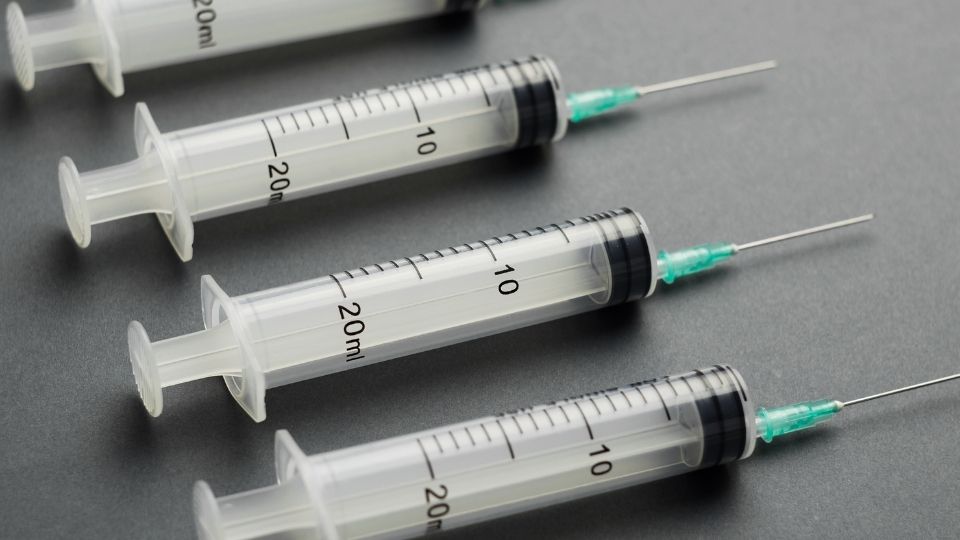
The type of syringe used for mushroom spores depends, but is largely the same kind of syringe used for any other application. The primary differences in syringes are capacity and needle gauge.
Let’s first talk about capacity. Most uncultured “regular” spore syringes come in a 10ml (10cc) capacity. Liquid culture syringes are much bigger—often 60ml to 80ml. The reason an uncultured spore syringe usually has a smaller capacity is that the spores don’t need anywhere near as much room since they’re effectively laying dormant; a liquid culture syringe needs more room to account for the germination process and development of liquid mycelium.
Any decent spore syringe with a sterile spore solution will always include a Luer Lock. This is a globally recognized needle fitting standard used pretty much anywhere. The Luer Lock is the portion of the syringe where the needle connects. A quarter turn will lock the needle into place securely. Having a properly sealing Luer Lock is very important, as this will prevent any spillage or possible contamination.
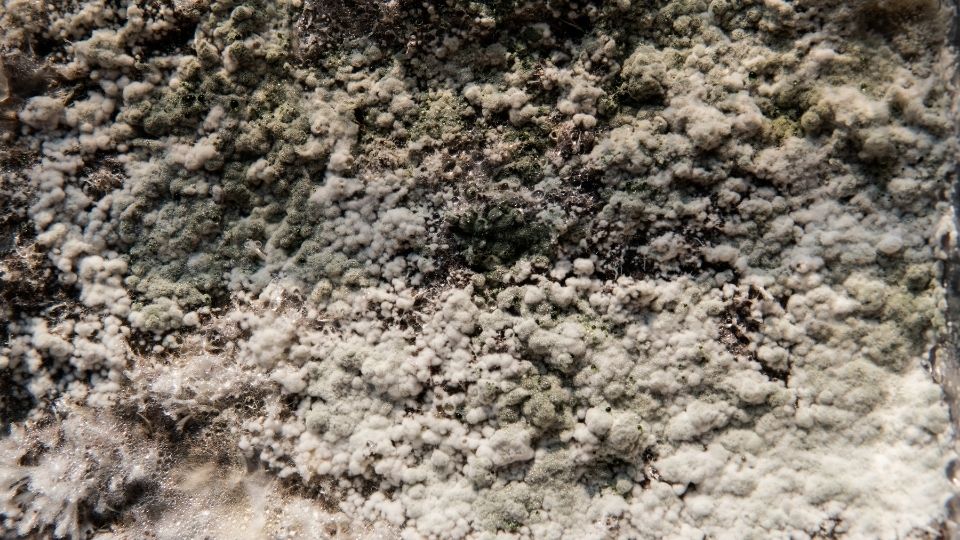
Needle size is a surprisingly important consideration. Note that the higher the number rating of a needle gauge, the thinner the needle is (i.e., a “larger” gauge means a smaller needle—this can be a bit confusing if it’s your first time working with needle gauges, so consider your needs and use case carefully).
Uncultured spore syringes typically have a needle gauge of 18 to 21, with 16 being the minimum gauge number (and thus maximum size). Uncultured spores are usually used for microscopy purposes, where being able to add a small, controlled amount to a microscope slide is desirable. Alternatively, uncultured spores or cubensis live culture spores may be introduced to a spawning substrate, and a smaller needle gauge is desirable for this as well—more on that in a moment.
A liquid culture syringe needle is generally a bit bigger than this, since the liquid mycelium culture will be thicker than only spores in sterile water, and has needles that are generally around 16 gauge.
It’s important to note that needle sizes generally shouldn’t exceed 16 gauge or so, since in many cases a mycologist may be inoculating a spawning bag with a self-healing injection port. This is a special port on the bag which, after being punctured while the spores or liquid mycelium is being injected into the inner substrate, is designed to automatically close up. Too large of a syringe needle and the injection port may not be able to properly seal itself.
If you’re working with self-healing injection ports and your syringe needle exceeds 18 gauge, make sure to check with the manufacturer of the bags to be sure that it will still work with your needle size—if not, you may risk contamination.
What Type of Mushroom Spore Syringe is Best For Me?
The type of spore syringe best for you will greatly vary based on what you’re trying to accomplish. However, in almost all cases a syringe-based solution will be superior to a spore print, since spore prints can be difficult if not impossible to acquire unless you already have access to a mature fungi of the type needed. For that reason, we’ll focus on spore syringes and their use cases.
A liquid culture spore syringe is a fine choice if:
- Your goal is to cultivate mature mushrooms of the cubensis variety
- You don’t plan to use the solution for microscopy OR you specifically need to study liquid mycelium
- You plan to use it within a relatively short period of time
- Critically, the type of fungi you’re working with is legal in its mycelial state
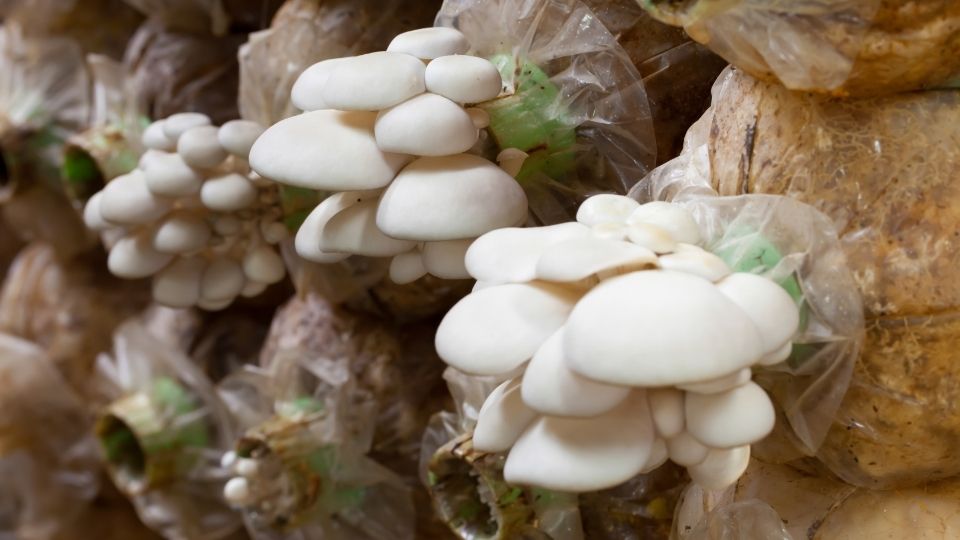
Using liquid culture for mushroom cultivation can be very successful when done properly. However, they must be used within the first couple of weeks after making or receiving them. This is because the nutrients can spoil, especially if unrefrigerated. Once germinated, liquid mycelium can be refrigerated for about three months before losing viability; this is half the time or less as an uncultured spore solution.
Uncultured “regular” spore syringes are ideal for microscopy, longer term storage (at least 6 months and in some cases up to several years or more), and cultivation. In effect, spore syringes can do everything a liquid culture can do and last longer. Certain kinds of psychoactive mushrooms must legally be kept in a spore state for research purposes only, and allowing them to germinate will break the law.
Speaking of legalities, that’s what we’ll cover next. Learn more microscopy facts through learning how to identify mushrooms in the environment . See this blog post for more information about how long a spore syringe will last.
Are Liquid Culture Syringes Such as a Golden Teacher Liquid Culture Syringe Legal?
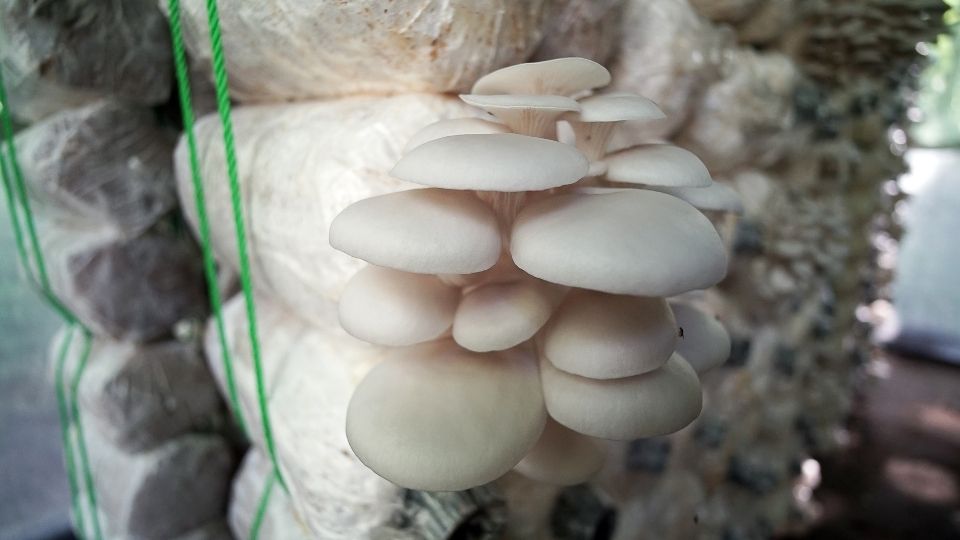
In short, no. In most areas, liquid culture syringes are illegal.
While the vast majority of liquid mushroom cultures are legal, it’s very important to know what kind of fungi the liquid culture contains such as for Golden Teacher mushroom spores.
All mushroom spores themselves are legal in 47 of the 50 states. This is because the spores do not contain anything illegal at that stage of development. Therefore, you are free to purchase, possess, and research the spores as much as you like, but it would be illegal to cultivate them in any way.
So, for example, a 10 cc liquid culture for mushroom cultivation containing shiitake mycelium, a culinary mushroom, would be legal. However,, a liquid culture syringe of cubensis spores and mycelium would not be legal.
